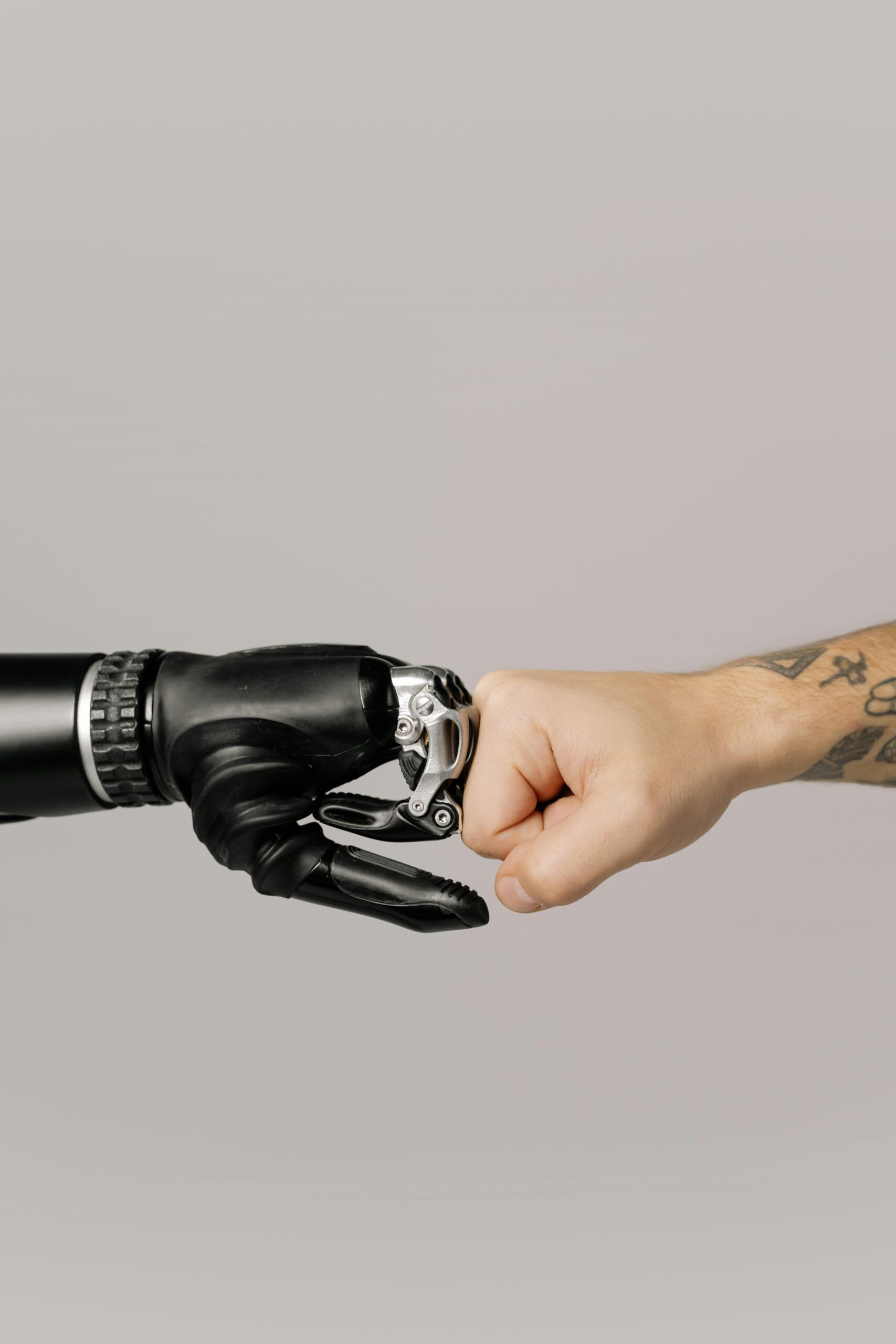FLASHFORGE Adventurer 5M 3D Printer with Fully Auto Leveling, Max 600mm/s High Speed Printing, 280°C Direct Extruder with 3S Detachable Nozzle, Core XY All Metal Structure, Print Size 220x220x220mm
$259.00 (as of June 19, 2025 23:45 GMT +00:00 - More infoProduct prices and availability are accurate as of the date/time indicated and are subject to change. Any price and availability information displayed on [relevant Amazon Site(s), as applicable] at the time of purchase will apply to the purchase of this product.)In a recent development, researchers have created a system capable of detecting and removing hidden messages embedded within 3D model files. This innovative technique, known as steganography, allows for the covert transmission of information within 3D models without altering their appearance. While the potential for this technology to be misused as a means of exfiltrating sensitive data or introducing malicious software presents a significant security threat, there are also legitimate applications, such as embedding ownership information in 3D models. The researchers have successfully devised a method, called “Content Threat Removal” (CTR), which can seamlessly sanitize 3D models by eliminating any hidden messages while preserving the integrity of the geometric structure. However, further considerations must be given to ensure compatibility between the sanitizer and any legitimate uses of steganography in 3D models. This article explores the fascinating potential and risks associated with steganography in 3D modeling and emphasizes the need for continued research and development in this area.

Introduction
Steganography, the practice of concealing information within another message or physical object, has been used in various digital contexts. Recently, researchers have discovered that steganography can also be used in 3D models. This article explores the concept of steganography in 3D models, its potential uses and threats, and the development of a system to detect and sanitize hidden messages in these models.
Understanding Steganography in 3D Models
Steganography is the act of embedding hidden digital information within another file or object. In the case of 3D models, steganography involves concealing data within the structure of the model itself. This can be done by manipulating various aspects of the model, such as the order of triangles or vertices. The hidden information is not visually evident and can travel along with the model wherever it goes.
The impact of hidden messages in 3D models can be significant. On one hand, it can serve negative purposes, such as covert communication or the infiltration of malicious software into a secure environment. On the other hand, hidden messages in 3D models can also have positive applications, such as embedding ownership or watermark information to assist in intellectual property disputes.
$30 off $400+ Anycubic Products with code AC30OFF
Uses and Threats of Steganography in 3D Models
While there are legitimate reasons for using steganography in 3D models, such as embedding ownership information, there are also negative applications that pose threats. Design files with hidden messages can be misused for covert communication or the dissemination of malicious software. This creates a potential risk for organizations, as the design files could be used to exfiltrate sensitive data or compromise secure environments.
The researchers behind the development of the detection and sanitization system focused on addressing these negative threats. Their goal was to create a system that can identify and remove hidden steganography information from 3D models without causing any damage to the model itself. This is particularly relevant due to the rise in additive manufacturing services, which involve the transfer of 3D models between service providers and customers.
Developing a Detection and Sanitization System
The motivation behind developing a system to detect and sanitize steganography in 3D models stems from the need to ensure the integrity and security of the additive manufacturing process. As 3D models are transferred between different parties, there is a risk of hidden messages being included in the files. The detection and sanitization system aims to eliminate this risk by effectively removing any concealed information from the models.
To achieve this, the system focuses on identifying stego channels within the 3D models. These channels serve as areas where information can be loaded and concealed. Examples of stego channels in 3D models include the order of triangles, the order of vertices, and the ASCII STL format. By understanding these channels, the system can develop specific approaches for removing information from each channel.

Identifying Stego Channels in 3D Models
Stego channels in 3D models provide opportunities for concealing information. For example, the order of triangles can be manipulated to embed hidden messages. Similarly, the order of vertices can also serve as a stego channel. The ASCII STL format, commonly used for 3D models, can provide additional channels for hiding information.
Understanding these stego channels is crucial for developing an effective detection and sanitization system. By identifying the areas where hidden information can be loaded, the system can target these channels for removal.
Sanitization Strategies for Removing Information
To sanitize 3D models and remove hidden information, specific approaches can be employed for each stego channel. For example, the facet order stego channel, which involves manipulating the order of triangles, can be sanitized by randomizing the triangle order. This ensures that any hidden messages are effectively removed without compromising the integrity of the 3D model.
Similar methodologies can be applied to other stego channels, such as the order of vertices or the ASCII STL format. By tailoring the sanitization strategies to each channel, the detection and sanitization system can effectively remove hidden information from 3D models.
Preserving Legitimate Uses of Steganography
While the focus of the detection and sanitization system is on removing hidden information, it is important to consider the legitimate uses of steganography in 3D models. Ownership or watermark information, for example, can be embedded in 3D models to assist in intellectual property disputes. To ensure coexistence between the sanitizer and legitimate watermarking schemes, certain requirements need to be met.
The proposal for supporting legitimate watermarks with the sanitization system involves establishing a predetermined stego channel for these watermarks. The format of the watermark should be compatible with the sanitizer, allowing it to be parsed and verified. By incorporating these requirements, the system can distinguish between hidden messages and legitimate watermarking.
Practical Implementation and Future Considerations
The practical implementation of the detection and sanitization system involves integrating it with additive manufacturing services and the transfer of 3D models. This ensures that the system is effectively deployed in real-world scenarios where the risk of hidden messages in 3D models is present. By seamlessly integrating the system into the additive manufacturing process, organizations can protect their designs and prevent potential security breaches.
As technology continues to advance, it is important to consider potential future developments and improvements for the detection and sanitization system. This includes staying updated on emerging steganography techniques and adapting the system to effectively detect and remove new forms of hidden information. Continuous improvement and adaptation are essential to ensuring the ongoing effectiveness of the system.
Conclusion
The development of a system to detect and sanitize steganography in 3D models addresses the potential threats posed by hidden messages. By understanding the concept of steganography in 3D models and its implications, organizations can take proactive steps to protect their designs and prevent security breaches. The detection and sanitization system offers a comprehensive solution that preserves the integrity of 3D models while effectively removing hidden information. In an increasingly digital world, the importance of detecting and sanitizing steganography in 3D models cannot be understated.
Buy Photon Mono M5 Get Free 1KG Resin








